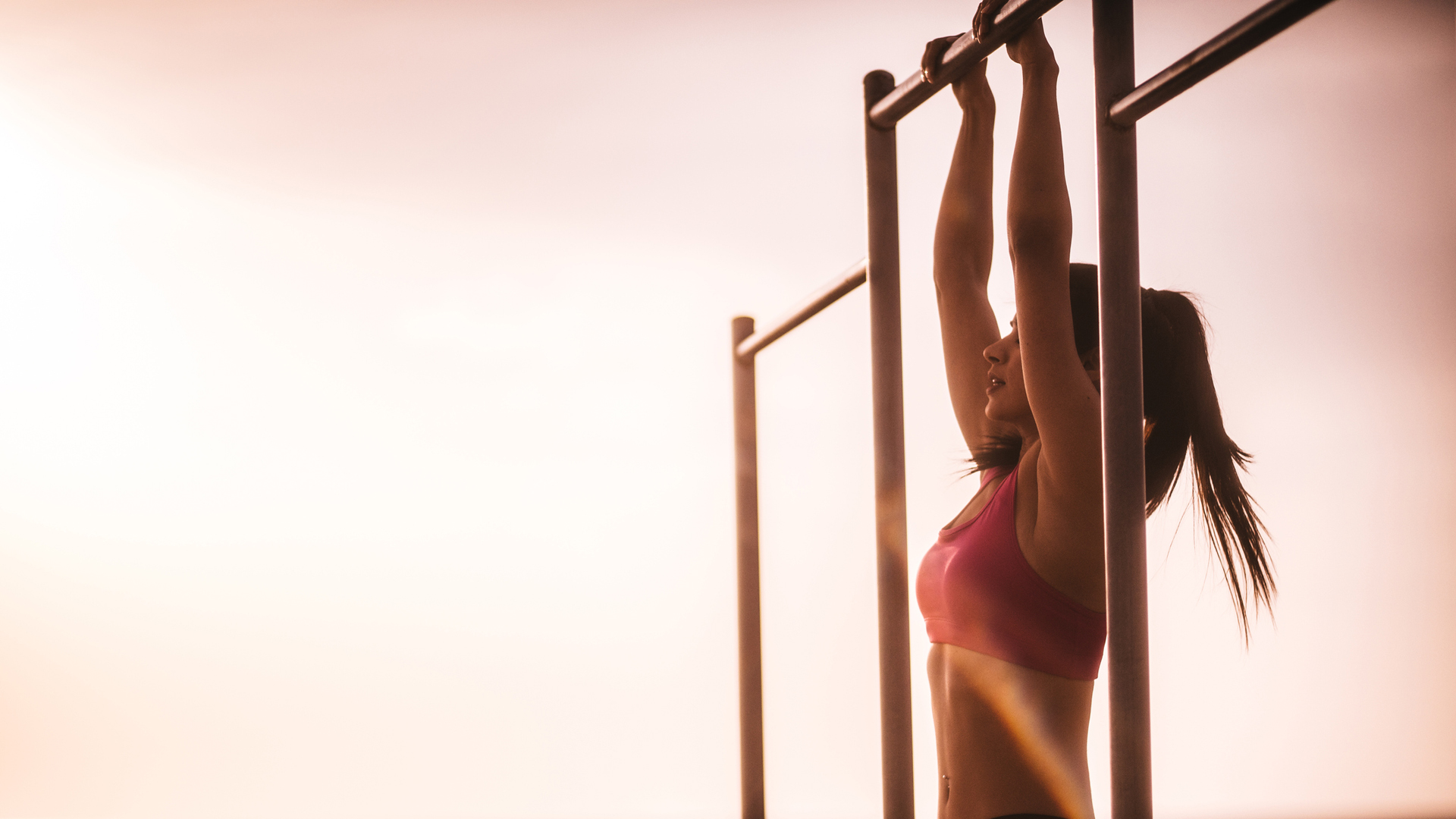

Pull-ups are on the list of ‘holy grail’ exercises for most fitness enthusiasts, and for good reason. They are the ultimate test of bodyweight strength – otherwise known as the ‘power-to-weight’ ratio – and, once mastered, can open up a whole new world of training possibilities. But how?
According to Tom Cuff-Burnett, trainer at TRX Training Club, pull-ups are pretty much a “one-stop-shop for all your upper body training needs” as they can strengthen your back, chest, shoulders, arms and core in one fell swoop.
“In practical terms, they are easy to do pretty much anywhere,” he says. “While a dedicated pull-up bar is ideal, they’re easy to do out in nature using sturdy tree limbs, or in parks on playground equipment.”
Sounds ideal, but if you’re new to pull-ups, how do you properly and safely perform this compound exercise? And what are the actual benefits they can bring to your body and day-to-day life? We’ve asked a bunch of the best UK fitness experts to find out and provide you with all the tips you need to get started on your pull-up-fuelled fitness journey.
How to safely perform a pull-up
To reap the rewards of a pull-up, you’ve got to do them right by ensuring your form is spot on. Not sure how? Cuff-Burnett walks us through it:
Grip the bar with an ‘overhand’ grip with your palms facing away from you, slightly wider than shoulder-width apart. "To start with, it’s probably safest to work on a bar that you can reach while standing on tiptoes, if possible”, he says.
Lift your feet off the ground so you are hanging all the way down. Pull hard with your arms, driving your elbows down to the floor and bringing your shoulder blades together. Keep pulling up until your chin is above the bar, and take a slight pause. Lower yourself back down with control.
Sign up to the T3 newsletter for smarter living straight to your inbox
Get all the latest news, reviews, deals and buying guides on gorgeous tech, home and active products from the T3 experts
Try not to kip (when you swing your body with your legs to gain momentum), focus on using your lats – or latissimus dorsi, broad, flat muscle that occupies the majority of the lower posterior thorax and gives people that distinct V-shape – and arms to perform pull-ups.
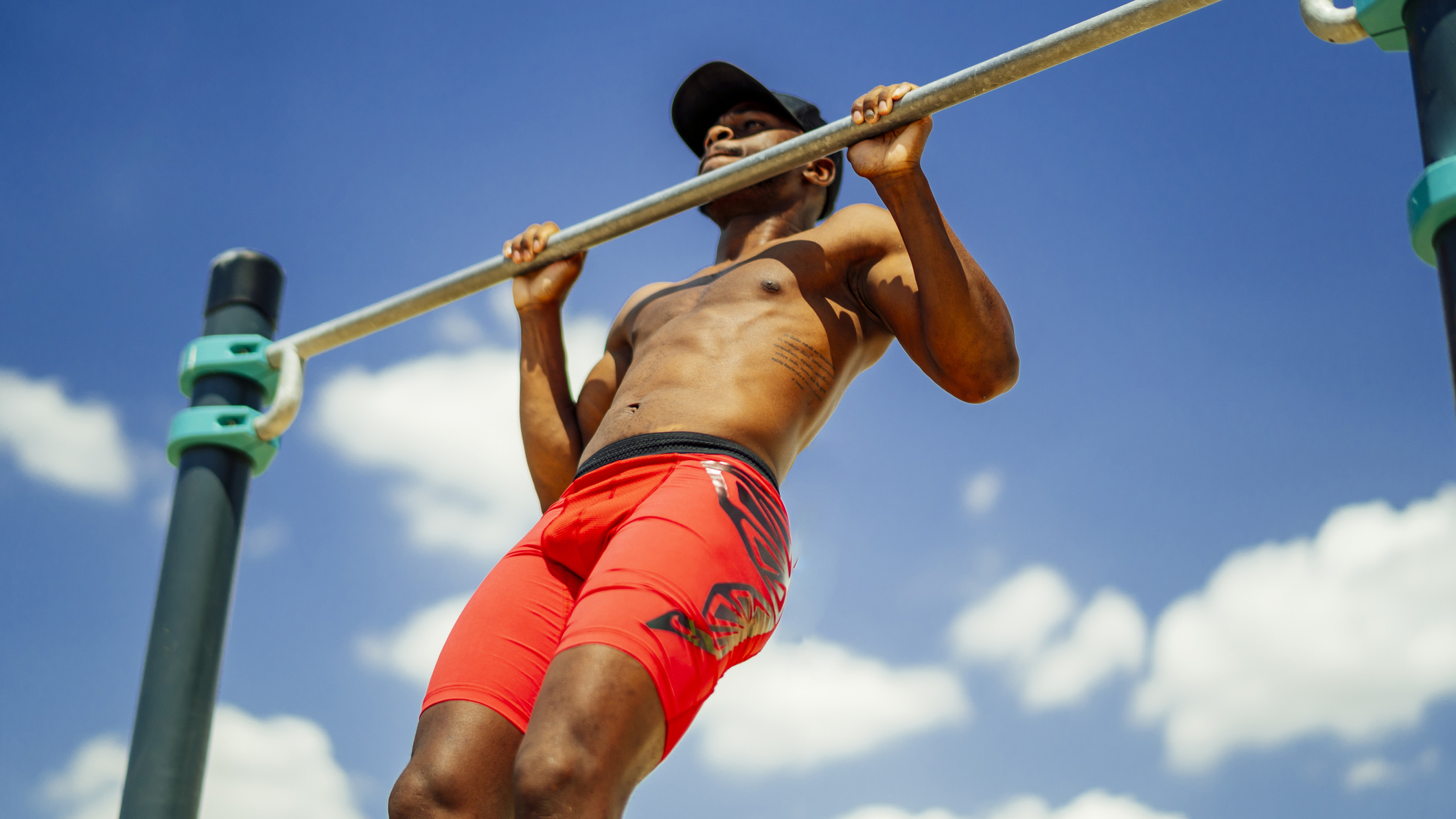
Why are pull-ups so difficult?
Pull-ups are not meant to be easy. It's a complex exercise that requires excellent grip strength and the coordination of many different muscle groups in your body. Worse still, the more muscles you accumulate as a result of your rigorous pull-up workout regime, the heavier you're going to get which means you'll have to pull more weight above the bar each time you do pull-ups.
For the same reason, the humble pull-up is one of the best bodyweight workouts to build muscle with. No matter how small or big you are, pull-ups will always be challenging, forcing your muscles to fire on all cylinders which is admittedly the best approach to make them grow.
What are pull-ups good for?
The pull-up doesn’t work one singular muscle, it works everything from the forearm muscles due to the grip strength needed to be able to hang from the bar while supporting your whole body weight, to the biceps, one of the main muscles in your arms which contributes to pulling.
However, according to Gustavo Vaz Tostes, Head of Training at Wit Fitness, the main muscle this exercise works, is the lats.
“The lats are the biggest and strongest muscle in your upper body and the first one that initiates the pulling process, whether it is a vertical or horizontal pull,” Tostes says, “We cannot forget the rotator cuff muscle group, either, which is responsible for stabilising your shoulders when your arms are in an overhead position.”
Want to grow your lats? Here are the best lats exercises that help us grow our best back. You might as well check out the best back exercises, for good measure.
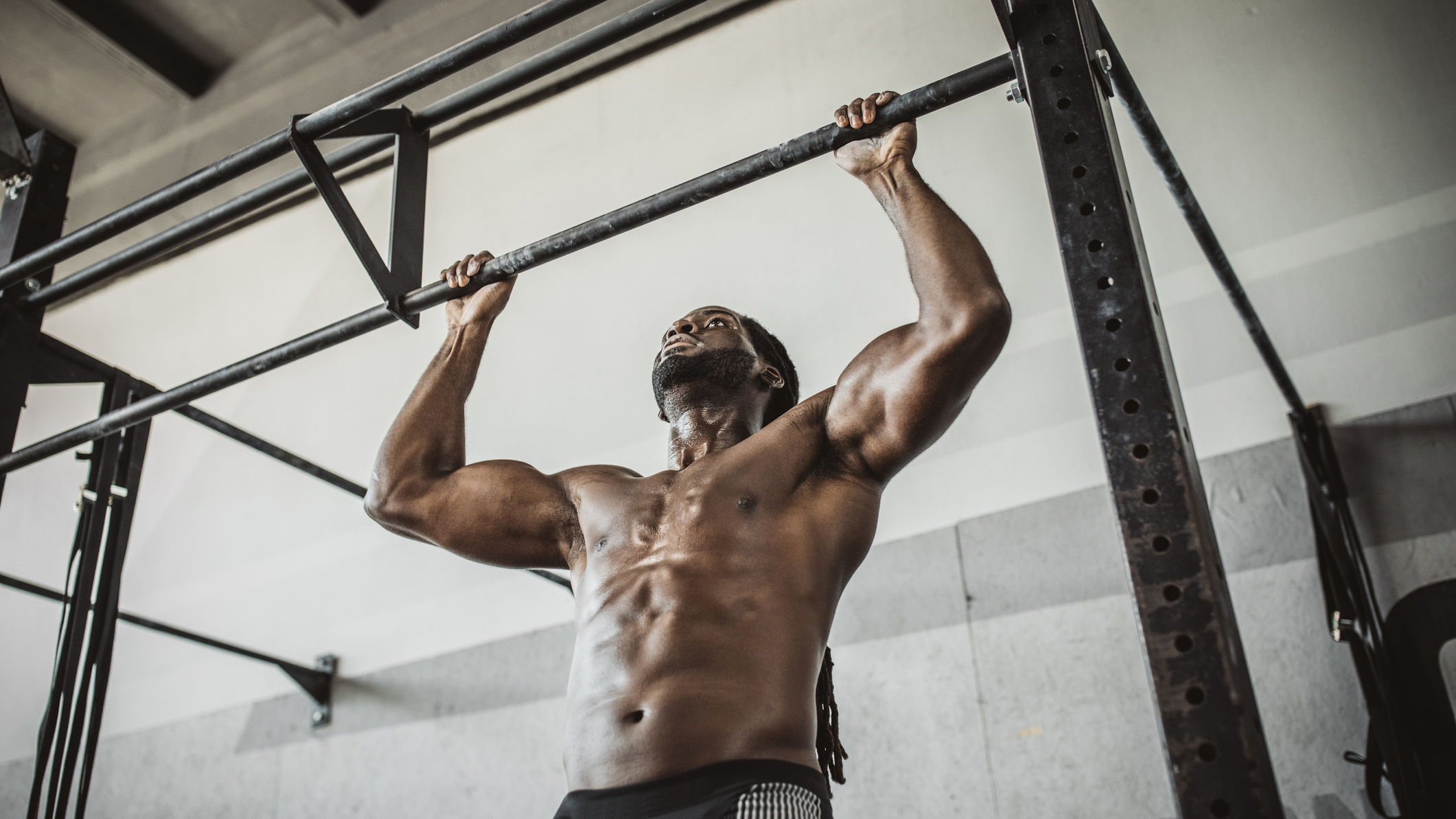
Why should you do pull ups?
While doing pull-ups can work a whole host of muscles in our bodies, helping to strengthen them and increase their size, it’s not just about aesthetics.
The strength we build by practising pull-ups is also very functional, as it works multiple muscles at once, and is transferable to any other pulling movement we have to do in our daily training routine.
“Whether you have rows, curls, weightlifting or carrying, the pull-up is one of the best foundational exercises to build that raw strength you need to stabilise your shoulders, strengthen your grip and improve overall overhead strength,” says Tostes.
“Pulling is probably the most natural exercise we have to perform in normal daily tasks. That’s why some of the strongest muscles we have in our body are in the posterior chain – the muscles that make up the back of our bodies.”
Anything from pulling a heavy object from the floor, carrying shopping bags, opening doors, pulling yourself up on a handrail or out of a pool - all these normal daily tasks will get easier if we include pull-ups in our training routine, Tostes adds.
How to do pull-ups if you're a beginner
If you’re new to doing pull-ups and finding it rather difficult to get your chin anywhere near that pull-up bar, qualified PT and Grenade ambassador Anton Kostalas recommends using resistance bands to help take some of your body weight, making it easier to pull yourself up.
“These come in many sizes, so make sure you choose one that gives you enough range,” he says, “Once you’ve perfected these, eccentric pull-ups - getting your chest to the bar, then ever-so-slowly lowering yourself down - will be your next port-of-call to strengthen your control. A weight bench will come in handy here to help your time under tension, boosting your overall progression.”
Kostalas adds that practising your pull-ups around 2-3 times a week using different techniques will aid your progress, for instance, in one session you could use eccentric pull-ups and resistance bands in another.
“Different types of pull-ups can work various muscles. For example, wide grip pull-ups focus on the lats, whereas a supinated grip or a chin-up focus on your biceps.”
How to progress at pull-ups?
If you’re no stranger to the pull-up bar and looking for ways to make the exercise even more challenging, then Faisal Abdalla, former celebrity trainer and leading strength coach at the audio-fitness firm, WithU Training, has just the thing:
“If you are looking to step up your bodyweight training and require some additional weight, think about attaching a weight plate to a chain on your weightlifting belt.” "This", he says, "will allow the plate to hang between your legs and bring an additional level of difficulty to the movement."
Alternatively, You can also wear a weighted vest. The weighted vest is a versatile piece of home gym equipment that can be used for all types of different workouts from running to push-ups.
Lee Bell is a freelance journalist & copywriter specialising in technology, health, grooming and how the latest innovations are shaking up the lifestyle space. From national newspapers to specialist-interest magazines and digital titles, Lee has written for some of the world’s most respected publications during his 11 years as a journalist.
-
 Leaked AirPods prototype looks like Nothing... literally
Leaked AirPods prototype looks like Nothing... literallyAnd we are here for them
By Britta O'Boyle Published
-
 OnePlus Watch 3 lands in the UK with a flurry of freebies and a huge discount
OnePlus Watch 3 lands in the UK with a flurry of freebies and a huge discountThe new titanium-clad smartwatch brings 120-hour battery life, ECG health checks, and some serious launch offers
By Matt Kollat Published
-
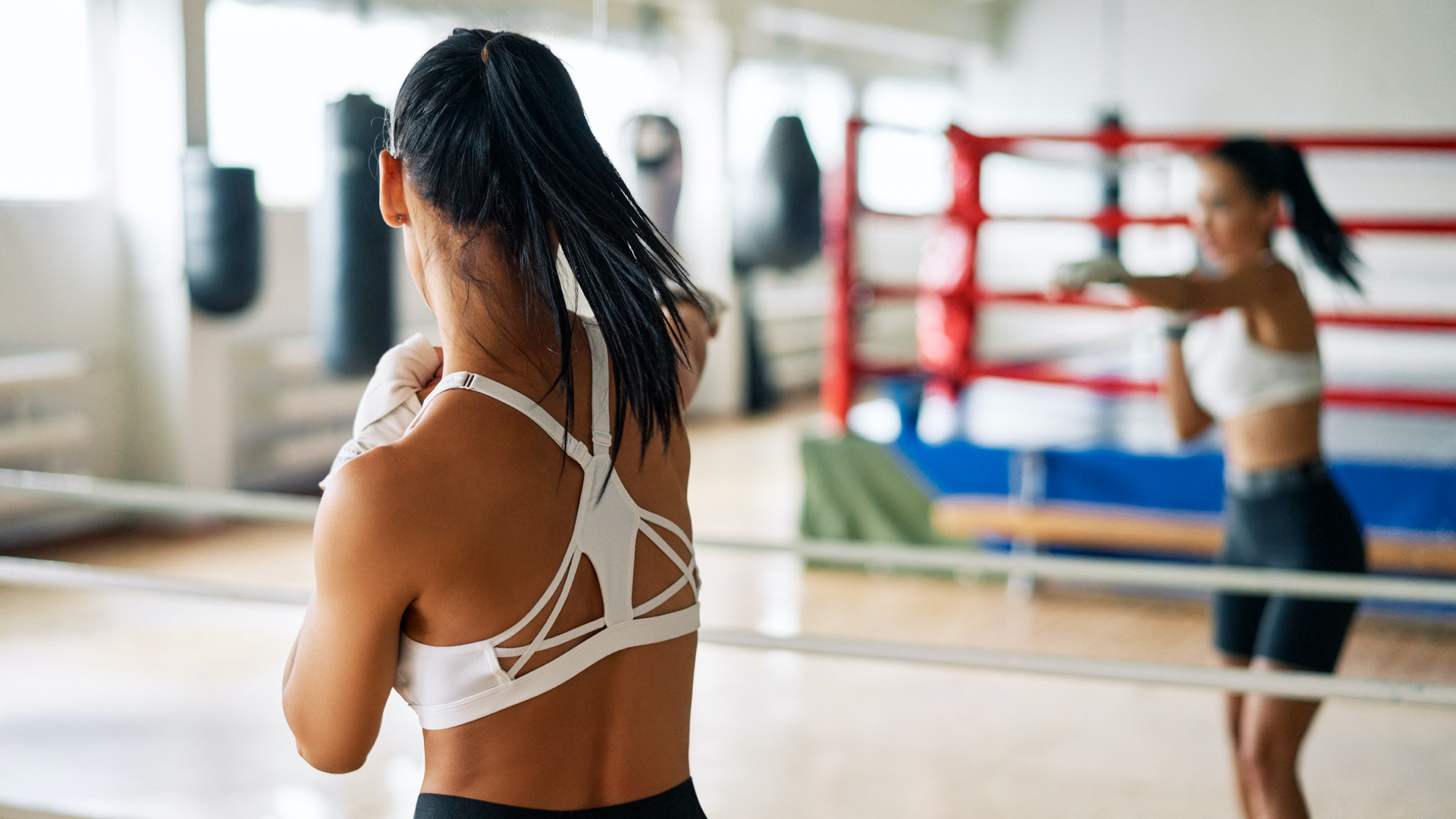 20-minute full-body HIIT workout to burn fat and boost your metabolism
20-minute full-body HIIT workout to burn fat and boost your metabolismYou won't need any equipment for this T3-exclusive “Box ‘n Burn” shadowboxing follow-along workout
By Matt Kollat Last updated
-
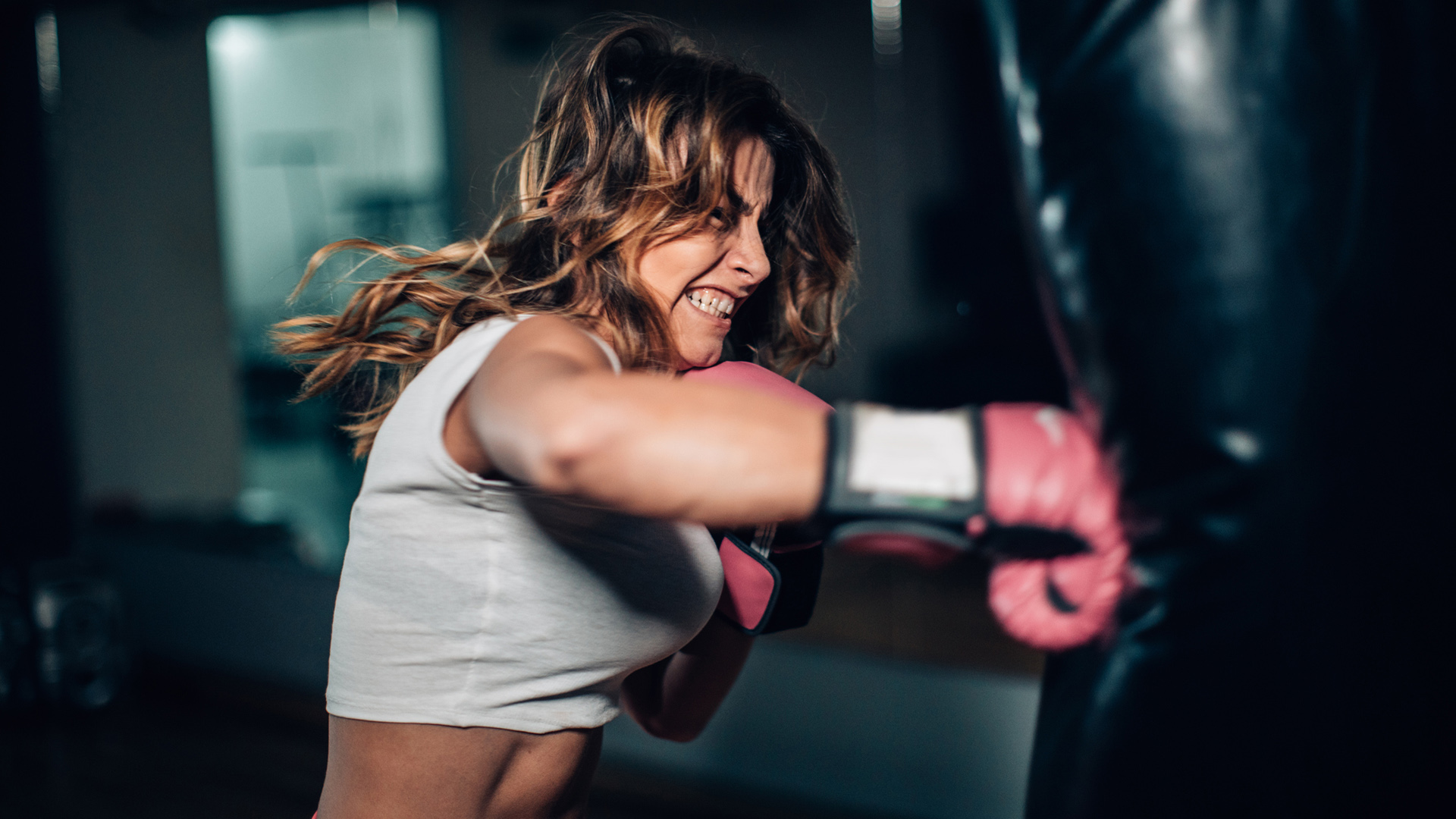
 Reduce stress, get strong and burn fat with this 20-minute punch bag workout
Reduce stress, get strong and burn fat with this 20-minute punch bag workoutRelieve stress and get fit in the process with this follow-along workout from a top boxing coach
By Matt Kollat Published
-
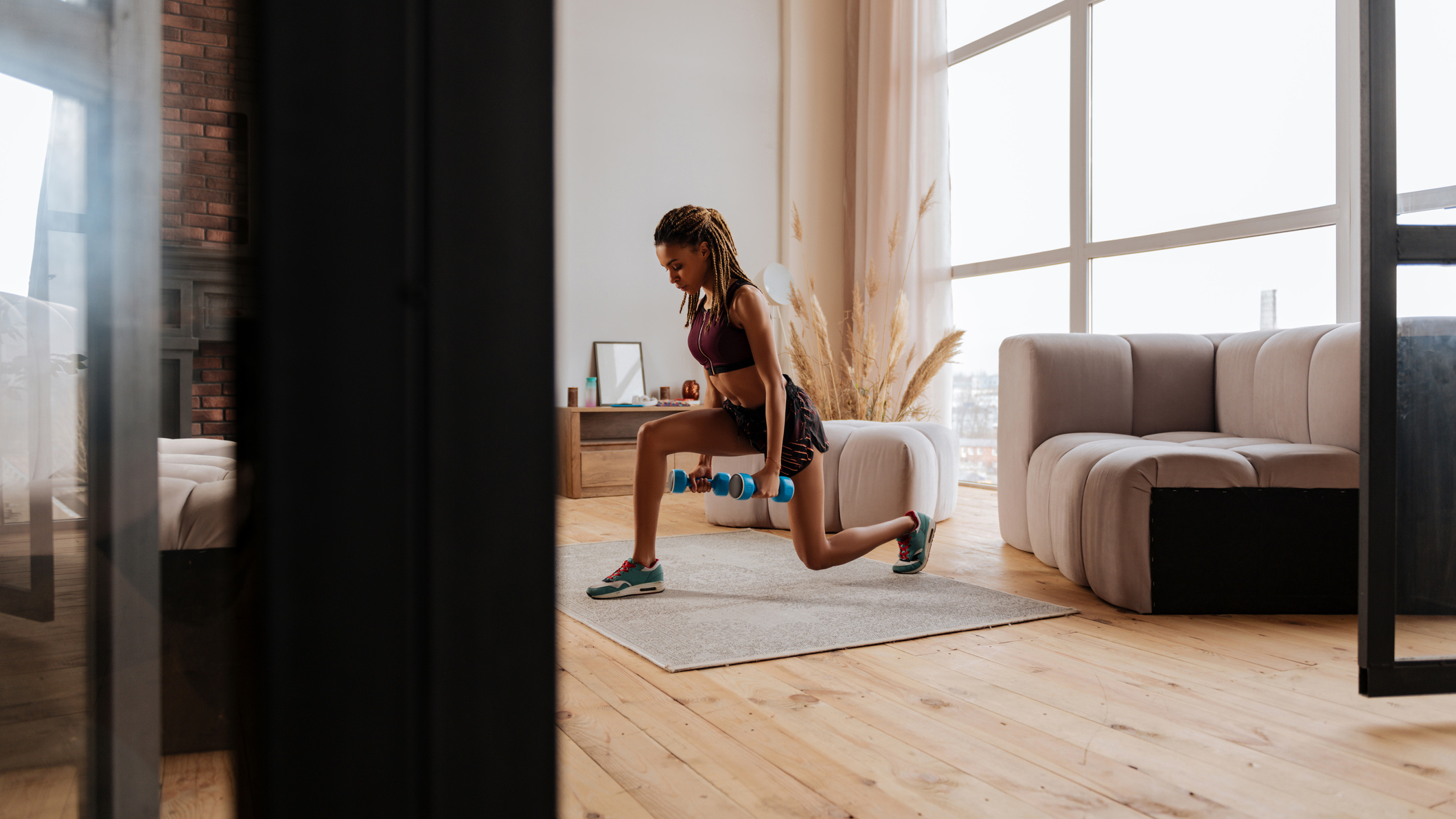
 This home workout combines HIIT and strength training – burn fat and build muscle in 20 minutes
This home workout combines HIIT and strength training – burn fat and build muscle in 20 minutesSlim down at home with this fast-paced dumbbell HIIT workout
By Matt Kollat Last updated
-
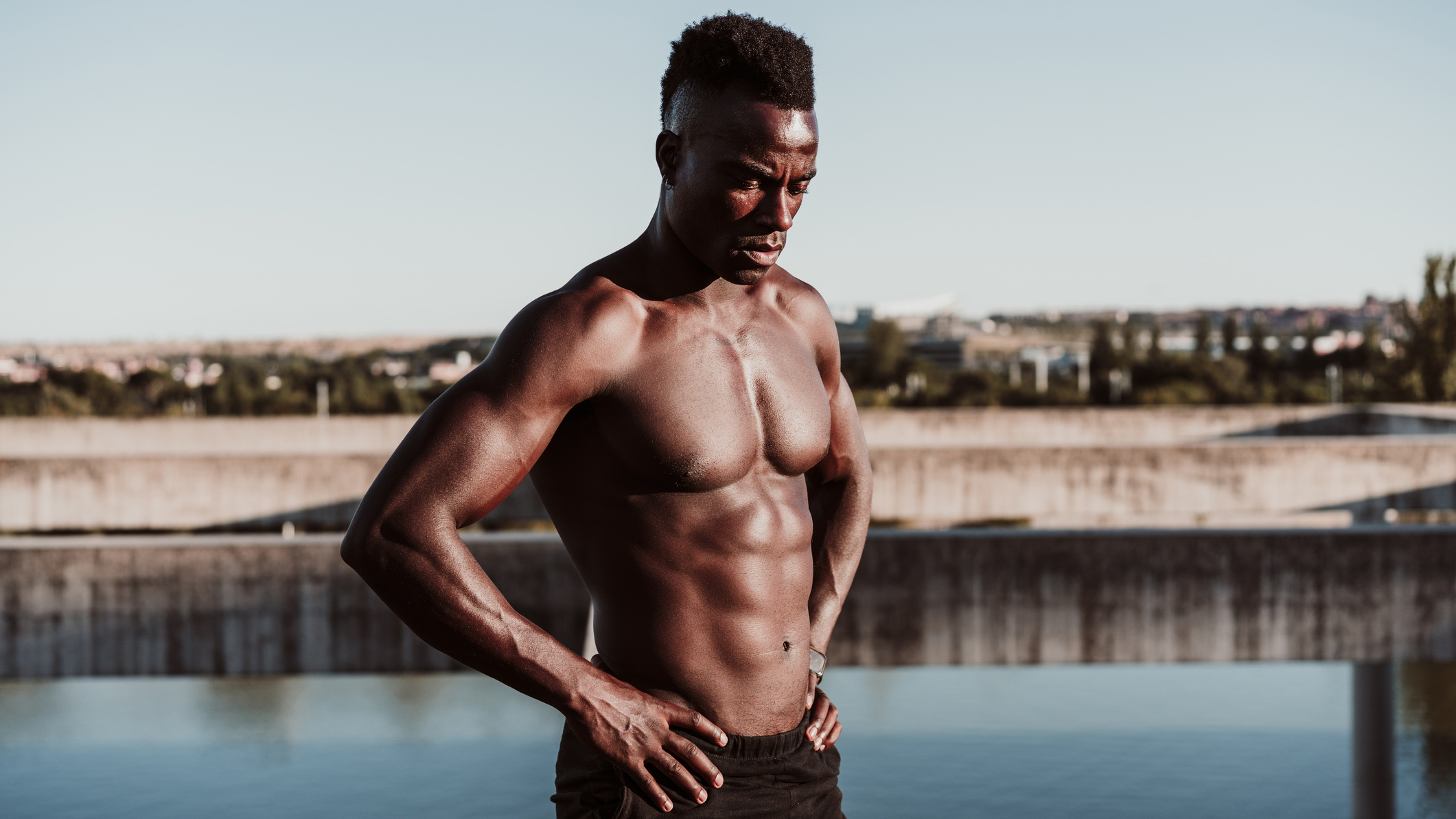
 Try this 2-minute six-pack workout and train the most neglected part of your abs
Try this 2-minute six-pack workout and train the most neglected part of your absFast, efficient and fun; this ab workout has it all!
By Matt Kollat Last updated
-
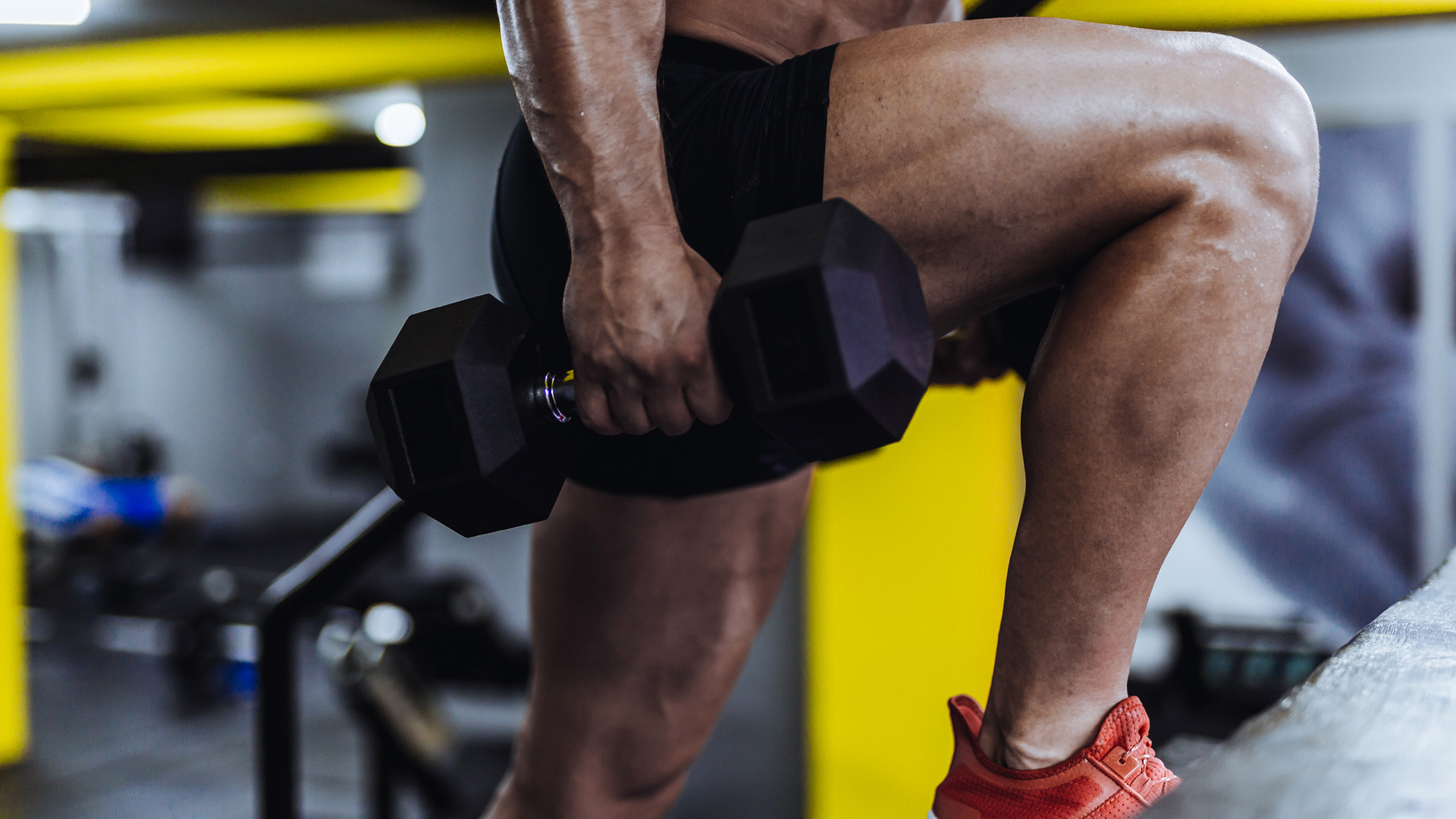
 Work the glutes, quads and calves with this 5-move leg day workout – you'll only need 2 dumbbell
Work the glutes, quads and calves with this 5-move leg day workout – you'll only need 2 dumbbellWork your whole lower body, from glutes to calves, with the smallest home weight
By Matt Kollat Last updated
-
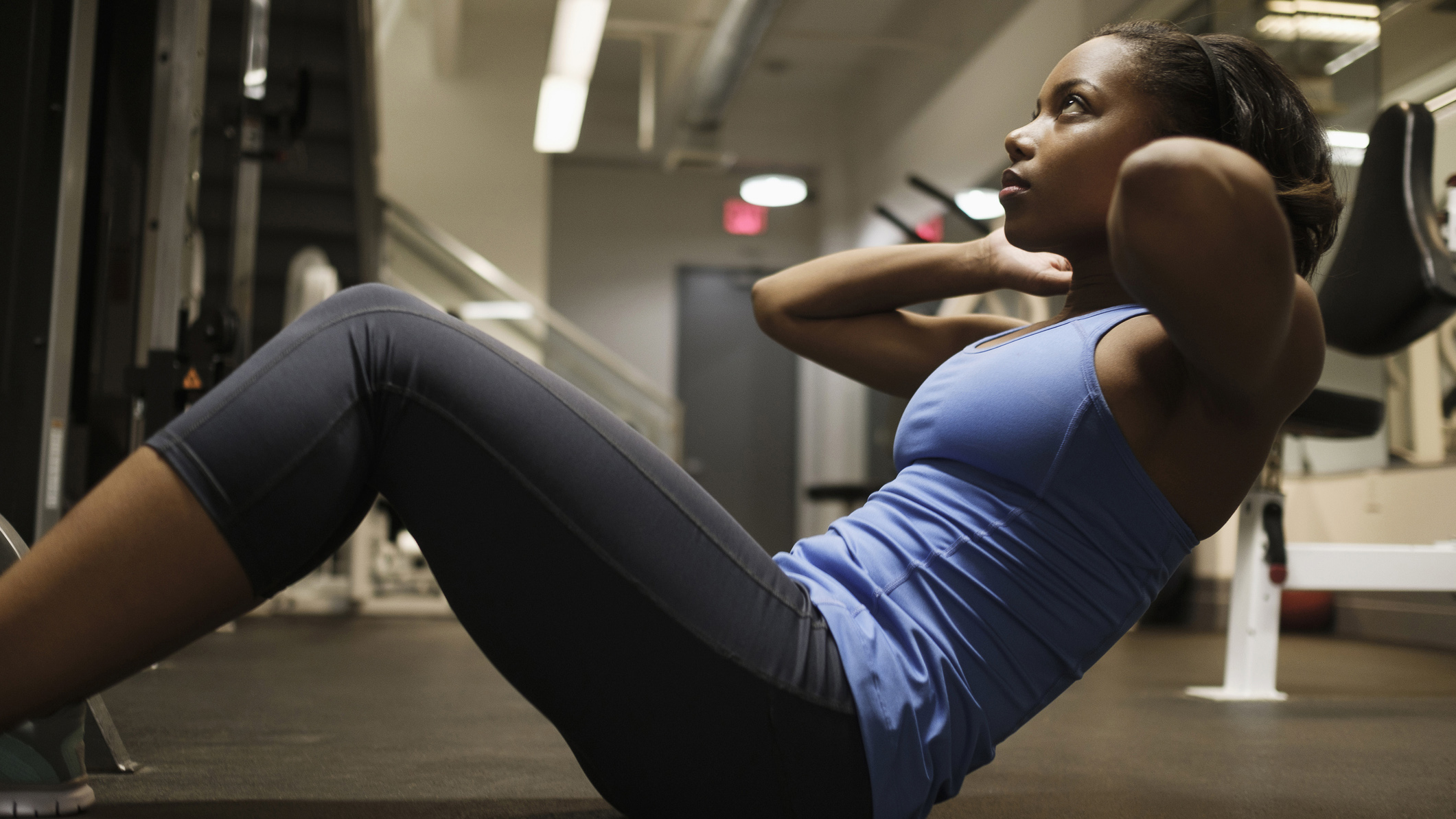
 15-minute low-impact full-body workout to burn fat and improve metabolism
15-minute low-impact full-body workout to burn fat and improve metabolismYour body (and two chairs) is the only equipment you'll need for this workout
By Matt Kollat Last updated
-
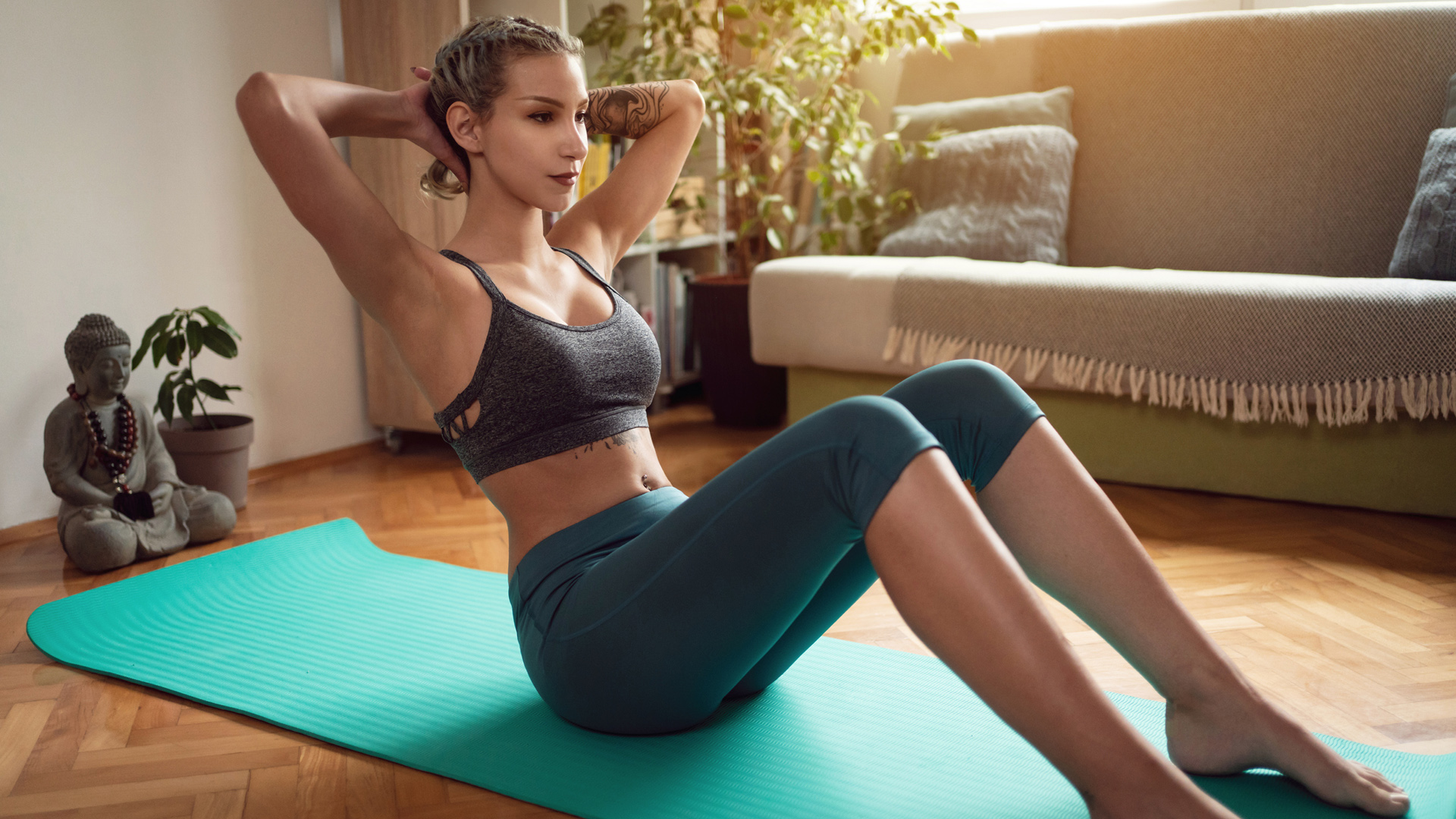
 Sculpt six-pack abs with this quick 4-move core workout – no equipment required
Sculpt six-pack abs with this quick 4-move core workout – no equipment requiredGet your abs ready for this fast and furious core workout – no equipment required!
By Matt Kollat Published
-
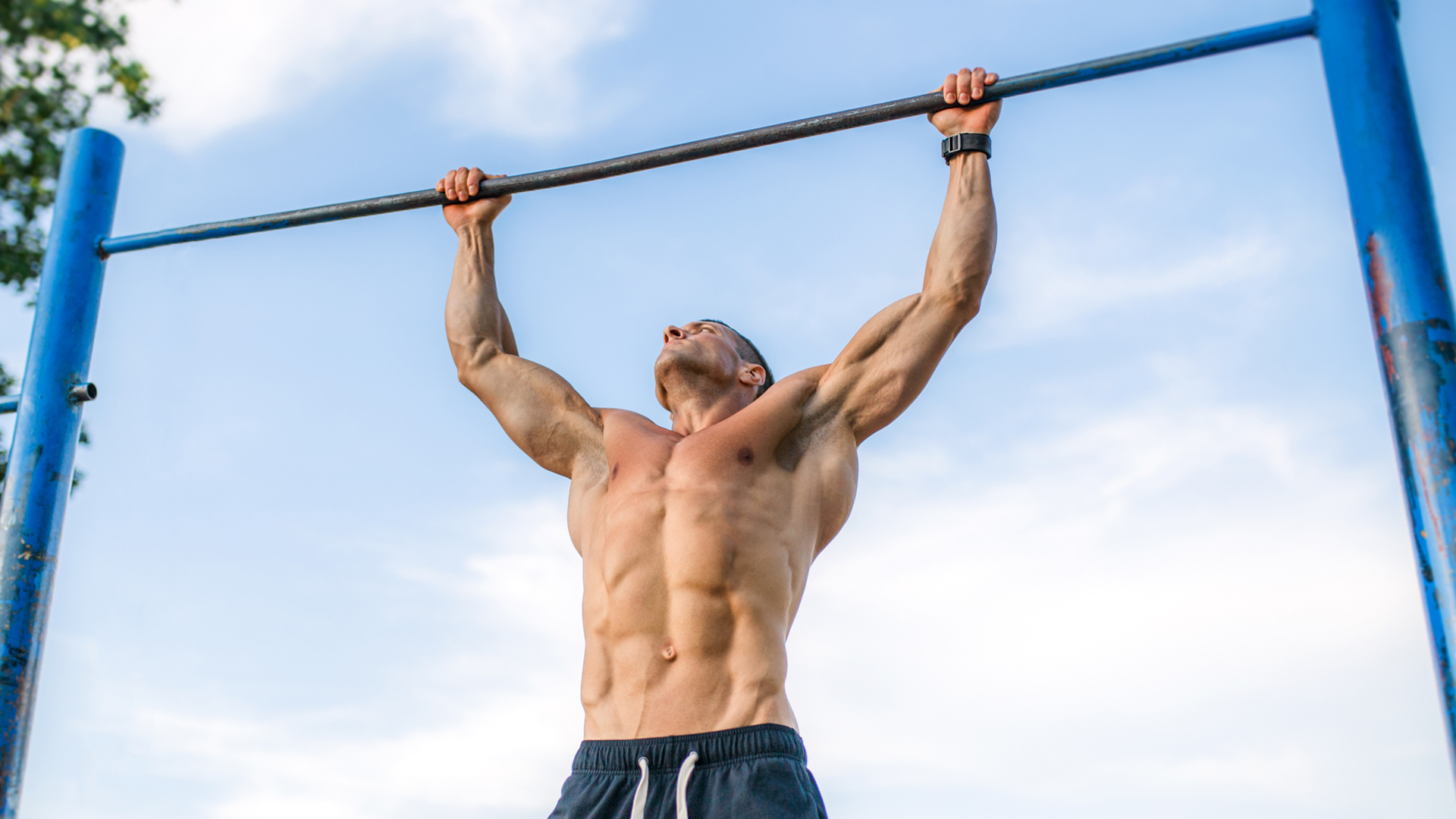
 Build big arms and back muscles with this 5-minute pull up workout for beginners
Build big arms and back muscles with this 5-minute pull up workout for beginnersStruggling to get started with pull-ups? This fast workout will help you build strength (and arm/back size)
By Matt Kollat Published
